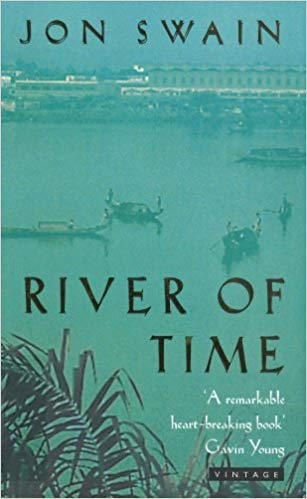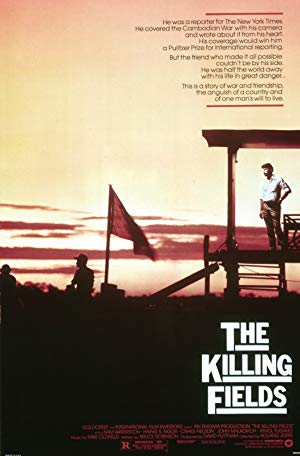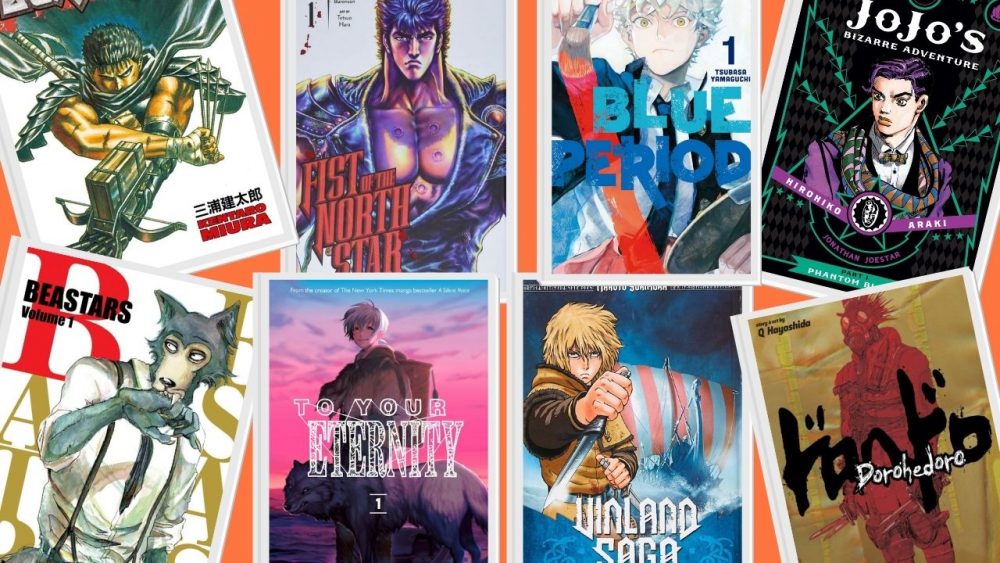Back in summer 2017, I had the pleasure and privilege of travelling through Colombia for two months. Over the past two decades, the nation has steadily increased in popularity as a tourist destination despite the wild and fearsome image much of the world still has of it.
Whilst hardly what you’d call a safe haven, Colombia has nevertheless made massive strides towards stability and security.

Early on in my trip, and on one of my last nights in Bogota, I met up with a couchsurfer I’d been hanging out with during my first week in Colombia, along with some friends that she’d introduced me to.
One of these friends was a fellow Brit who, as it turned out was in the same hostel as me. We went to a restaurant in ‘La Candelaria’, the old colonial centre of Bogota, home to its main governmental building and also where a good chunk of the city’s hostels and hotels are located.
At some point during dinner, the talk had turned to politics (this was a year after the Brexit referendum and still early on in Trump’s presidency).
At this point, the Brit (his name was something like Tarquin or Quentin; we’ll settle with Quentin) piped up saying that there’s no point in voting because it doesn’t change anything and you should just, you know, focus on being a good person every day.
He even went so far as to recite that catchphrase of the ‘free’ thinker turned apathetic: “If voting really made a difference they wouldn’t let you do it.”
I’m certainly not saying that you should need to take a degree course in the politics and history of any country that you plan to visit, but surely if you plan to spend close to a year somewhere (as Quentin had) that is so well known for its bloodshed and political violence, it seems staggeringly thoughtless to not have done even the most cursory of readings about your destination.
(As a side note for anyone planning on visiting Colombia, Tom Feiling’s Short Walks From Bogota and Michael Jacobs’ The Robber Of Memories are both excellent places to start).
Reliving Cambodia’s History
Cambodia is, after all, a country where, in the last century, babies were literally cut out of wombs because their mothers belonged to the wrong side of the political spectrum. Also, in living memory, governmental buildings just around the corner from where we sat had been invaded by militants, the occupants gunned down and eventually blown up.
As much as knowledge of a country’s wounds and troubles can save you from making a Quentinesque fool of yourself, it also serves a more positive function to the traveller, allowing you a lens through which to more clearly see and appreciate the goodness that is present, a perspective by which one can more appropriately value the beauty through which you are lucky enough to wander.
It’s this idea of awareness of a country’s trauma that brings me to write this essay.
“A host of memories passed before my eyes: soldiers rotting at the wayside; the white knuckles of a woman’s hand clenching the child torn from her grasp; burial pits of skulls polished like billiard balls; pitiful fragments of bodies carried from the battlefields; the corruption, the incompetence, the intrigue, the dust, the soldiers, the refugees, the war without end. Cambodia at its worst was truly ugly.”
Probably best known as the inspiration for Roland Joffé’s 1984 film, Jon Swain’s River Of Time combines memoir, journalism and, in an odd way, travel writing; to detail the author’s time spent as a foreign correspondent during the wars in Cambodia and Vietnam as well as the years immediately following the conflicts.
Although Swain uses the Mekong river alluded to in the title as a focal point, the pages take us to Laos, Thailand, the Philippines and even as far as Ethiopia, London and Paris.
There is a teeming abundance of writing about these conflicts, especially Vietnam, but what makes River Of Time so necessary and worth reading is the absolute sense of appropriateness and care with which Swain presents and engages with his subject.
His affection and admiration for the people of Indochina are clear and worn quite visibly on his sleeve throughout, yet despite his personal involvement, Swain knows how to keep a hard journalistic head; and it’s the intertwining of the deeply personal with the more concrete and objective that give the work much of its force.
The two threads keep one another in check lest the account fall prey to excessive romanticism or an overly cold detachment.
This is vital given how prone many people are to dissolving this period of history into crude Manichean dichotomies of brave Western liberators vs murderous savages, or equally inaccurate Colonial Imperialists vs noble freedom fighters.
Swain pulls no punches when dealing with either side and has as much disdain for the smiling delusional Western apologists for Communism as he does the murderous soldiers and leaders of the regimes.

Swain spent a tense couple of weeks trapped in the French embassy during the fall of Phnom Penh, along with a crowd of others including fellow journalists, aid workers, military officers, and a host of high-ranking Cambodian government officials as well as the various Cambodian workers and relatives of those based at the embassy.
As food began to dwindle, and hygiene and moral deteriorated, he had to watch in despair as the Cambodians inside the embassy were gradually extracted and taken away by the Khmer Rouge.
Although in an uncertain and precarious situation himself, he reflects on the guilt he experienced knowing that his status as a European afforded him at least some protection whilst day after day he had to watch as guerrillas came to the gates to drag away the Cambodians inside, powerless as the time passed by and even the highest ranking officials lost any protective power afforded to them by their positions.
Furthermore, over the course of the book we see just how exacting a calling journalism can be as Swain is driven by an almost self-destructive urge to throw himself into the midst of catastrophe after catastrophe all in pursuit of the story and he does not shy from showing the toll that such an occupation can take.
“I fell into the fatal trap of many foreign correspondents – not knowing how to turn down an assignment. The desire to cover stories is sometimes irresistibly powerful; this ruthlessness for ‘getting the story’ over and above all else, including love, has wrecked the personal lives of many colleagues; in my case, too, it was to have deep and lasting consequences.”
Every bit as harrowing as the reports of the atrocities occurring in the midst of the conflicts are the struggles faced in the aftermath of the wars. Swain details the travails of many of the fleeing Vietnamese refugees who would come to be known as the “boat people” on account of how they fled their country on sailing boats and crudely fashioned rafts.
Many would try escaping to nearby Thailand only to fall victim to groups of Thai pirates, former Thai fishermen who sunk to murderous lows and preyed on the vulnerable refugees.

Boats would be boarded, the men were thrown overboard or worse as the women and young girls were taken away to be made into sex slaves. It’s uncomfortable reading but necessary, and Swain treats it with the sort of delicacy and care such victims are due.
He has a novelist’s eye for how the right particulars can tell a much bigger story as we see when he shares the story of one such refugee, a young girl named Ngoc, who was fathered by a US soldier who subsequently abandoned her and her mother. Ngoc ends up separated from her mother and falls victim to a gang of pirates:
“In the cruel roulette of life Ngoc seemed to be an especially tragic loser. More than an innocent victim, she was a metaphor for America’s intervention in Vietnam, made for the best of motives but which brought about terrible death and destruction and in the end more tragedy than it can possibly have been worth. The Americans courted the south Vietnamese assiduously; they made them dependent, then abandoned them to their fate. That is precisely what happened to Ngoc’s mother; her GI boyfriend made her pregnant, then one day – like America – he jilted her and went away.”
Swain respectfully and sympathetically tells the stories of such victims as Ngoc because he rightly appreciates the duty owed to history and how his position can lend strength to their tired voices carrying them to ears they might not otherwise have reached. But he also knows when to let the victims tell their stories themselves like in the case of another refugee called Hai.
Hai was part of a boatload of refugees who opted to set sail for The Philippines; they became hopelessly adrift and although at one point in their ordeal they are met by a US Navy submarine it heartbreakingly passes them by leaving them to their fate.
As the boat’s supplies were exhausted the occupants resorted to desperate and horrifying measures to survive and hearing Hai’s own first-person account of the ordeal delivered in his simple matter of fact language gives the telling an impact that may have been lost to sensationalism had it been written in a more literary second hand. It’s certainly the section of the book that had the biggest effect on me and brought me close to tears.
“As I got up to go, I looked into Hai’s eyes. They were black pools of horror. The eyes of the dead. This man too had eyes I cannot forget. The eyes of Vietnam.”
Lest we become too despairing in the face of such horror, Swain’s work also serves to memorialise the humanity and goodness that refuse to die even in the midst of the terror and savagery of war and tyranny.
He lets us be privy to the romance and love that blossom between himself and a French-Vietnamese woman named Jacqueline; the story of their relationship spread over these years of conflict is replete with its own moments of fear, bursts of hope and joy, and aching sadness.
Swain’s Heroes
Swain’s story has its heroes like the French anthropologist François Bizot; the only Westerner to have survived captivity at the hands of the Khmer Rouge, Theodre Schweitzer; an American UN field officer at Songkhla refugee camp who is estimated to have saved the lives of 1500 Vietnamese refugees; and of course, Dith Pran, the Cambodian photojournalist and interpreter whose remarkable story is told in The Killing Fields.
Detailing his personal relationship to these brave people is not an act of self-aggrandisement but rather a way of making them all the more real, seeing them as people who existed in a meaningful way to Swain who over the course of the book we have come to feel some kind of acquaintance with bestows on them a concreteness that may otherwise have been lost if they were kept at more of a distance in the narrative.

Vietnam may not be fully recovered or in the clear; even to a healthy body there are always threats and Vietnam’s future is a path littered with pitfalls, China’s trade war with the US is going to send ripples throughout the region, and perhaps more pressingly, if something is not done about the impending environmental crisis Vietnam is at a particular risk of devastation due to rising sea levels with many of its key industrial areas most vulnerable.
That said, given the severity of the wounds sustained in the last century and the ongoing trauma Vietnam has suffered, to take a stroll through Hanoi today is to be met with an air of convalescence, on a Saturday night the streets of the Old Quarter are flooded with bodies clamouring to absorb the vitality of the night, little plastic stools and tables erupting onto the streets to accommodate the masses of revellers as the bars and clubs bombard the evening with bass lines.

Walking by Hoan Kiem lake in the early evening and the pedestrian zone is crammed with circles of young teenagers having dance-offs to bombastic hip-hop as the setting sun paints the waters a deep orange that turns the surface ripples into smiles beaming at the youthful exuberance.
For Vietnam, however tenuous its condition might be, today is a good day. I’m far too young to be able to say look how far you’ve come, but after reading Swain I can at least begin to have a sense of appreciation for how significant this joy and freedom must be.
If you enjoyed this article you might enjoy: Man Tiger: Fiction That Brings Us Back to the World



